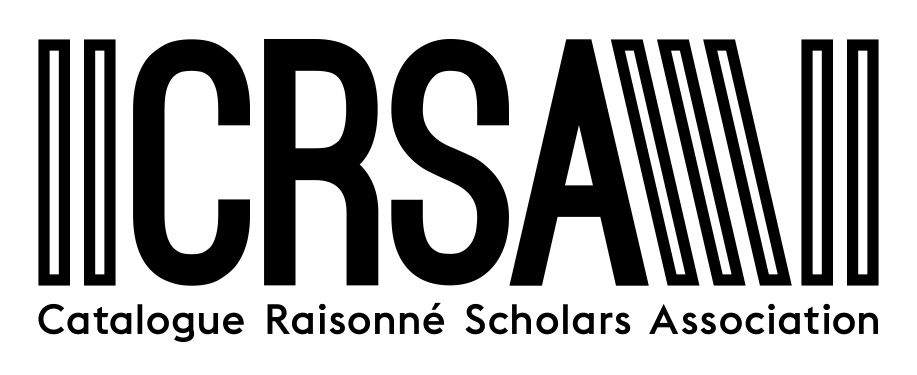Isamu Noguchi in his Long Island City studio with “Red Untitled” (1965-66), © The Isamu Noguchi Foundation and Garden Museum, New York
Artist: Isamu Noguchi (1904-1988)
Scope: Comprehensive
Years Covered: 1924 – 1988
Format: Digital, accessible at http://catalogue.noguchi.org
Schedule: Research has been ongoing for many years. The first chapter of the publication premiered online in 2011. New chapters will be added annually until research is complete (expected in 2018).
Database: The Museum System (TMS)
Supported by: The Isamu Noguchi Catalogue Raisonné is a project of The Isamu Noguchi Foundation and Garden Museum, New York, with generous lead support from Tsuenko and Shoji Sadao. Additional support from the Dedalus Foundation, the Henry Luce Foundation, and the National Endowment for the Arts.
CRSA: What are some of the INCR’s primary resources?
INCR: Noguchi was not very rigorous about studio inventories – very few were ever conducted, and he frequently changed galleries. Our project’s most consistent archival resource has been the artist’s extant archives, including more than 17,000 photographs of artworks, exhibitions, his various studios and travels. In the late 1970s, Noguchi’s studio assistants also completed what became the first catalogue raisonné of his sculpture. The Sculpture of Isamu Noguchi, 19241979: A Catalogue (Garland Press: 1980) was compiled with the help of Noguchi, and became the foundation for all future research and cataloging.
CRSA: How do you hope the INCR might affect the public’s understanding of Isamu Noguchi?
INCR: We hope that digital publication will offer a good sense of how extremely interdisciplinary and interrelated Noguchi’s practice was throughout his lifetime. He worked in a variety of media and formats, ranging from discrete sculpture, to industrial design, stage sets and whole environments. We’ve arranged the publication’s chronology in a way that shows what he was working on each year, alongside where he was traveling and exhibiting. Some years will show the premier of a stage set, coinciding with the design of a table, as well as work in stone and wood.
CRSA: What specific challenges do you face in researching Noguchi?
INCR: One that we are working on this year has to do with Noguchi’s work in bronze. He would begin edition series with an original intent of the edition size, but only cast on-demand. This is not an uncommon practice, but an added complication is that as he switched foundries every couple of years, and certain casts which began in the early 1960s were not revisited until the late 1980s. This led to some errors in accounting in a series of more than 300 individual bronze sculptures. It’s a tangled mess, but we’re working through it by reviewing foundry invoices and a tremendous amount of correspondence between Noguchi and his galleries, fabricators, and accountant.
CRSA: Are you preparing additional content beyond artwork, exhibitions, bibliography and chronology?
INCR: Not at this time, but our digital platform is flexible should we decide to add more content like audio, video, downloadable resources, etc.
CRSA: Would you do anything extra if time and resources were unlimited?
INCR: A fully digitized archive would be a tremendous help to our project and others researching Noguchi’s life and work.
CRSA: Will updates be ongoing?
INCR: We plan for updates and additions through at least 2018.
CRSA: Would you consider adapting a print version?
INCR: The Noguchi Museum has considered the possibility of publishing excerpts from the digital publication when research is complete. We also hope that advances in digital press printing may make it possible to create a “print on demand” feature from our existing digital platform in the near future.
To learn more, visit The Noguchi Museum’s website at http://www.noguchi.org, or contact the The Isamu Noguchi Catalogue Raisonné by emailing catalogue@noguchi.org.



